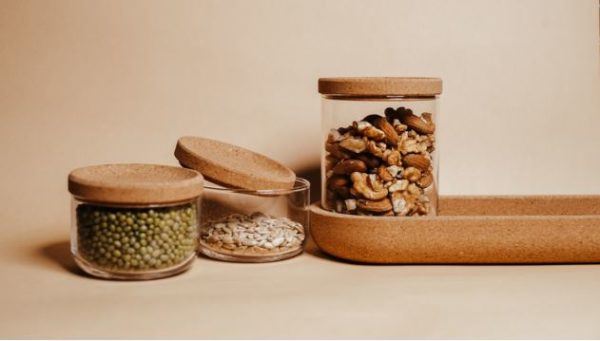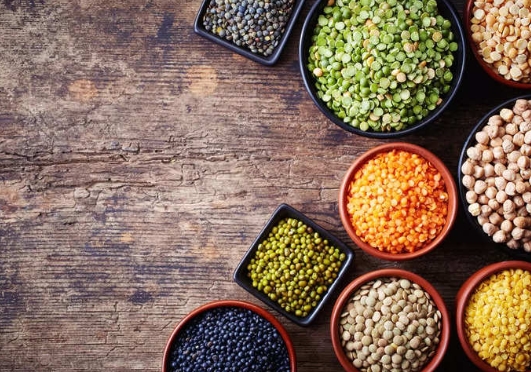Lifestyle
4 amazing reasons you should be cooking with pulses

You have probably heard people talk about eating more pulses but may not know a lot about them.
Well, we are here to help describe one of the powerhouses of your store cupboard. Once you have read this, you really will have your finger on the pulse.
What are pulses?
Pulses are part of the legume family – the main difference between pulses and legumes is that pulses are dried before they are eaten (so fresh peas are legumes; dried peas are pulses).
The exception is peanuts and soya beans, which are classed as legumes and are higher in fat and lower in carbohydrate than other legumes.
Pulses, it turns out, have a lot going for them in terms of nutrition, sustainability and affordability. Here are the top reasons to start including more of them when cooking.
1. They are inexpensive
For just a few rands, you can buy enough dried pulses to make several servings. The precooked, canned versions are slightly more expensive but they are still a bargain source of protein compared to the cost of meat.
2. They are convenient
Pulses are available in a variety of forms, so depending on how much time you have to spend in the kitchen, there is an option that is right for you.
Look for them in the freezer section and in the canned and dried bean aisles. A quick kitchen for you is if you are using the canned variety, look for versions with no added salt. Canned goods can be pretty full of sodium.
3. Perfect for warming dishes
The longer pulses are cooked, the better, making them perfect for adding to soups and stews. Pulses can provide colour, texture, and interest and act as the nutritious centre of a warming vegetarian bowl on a cold night.
4. They are versatile
Think beyond beans and rice or lentil soup. Pulses can be used in everything from dips and smoothies to main dishes – and even desserts.








